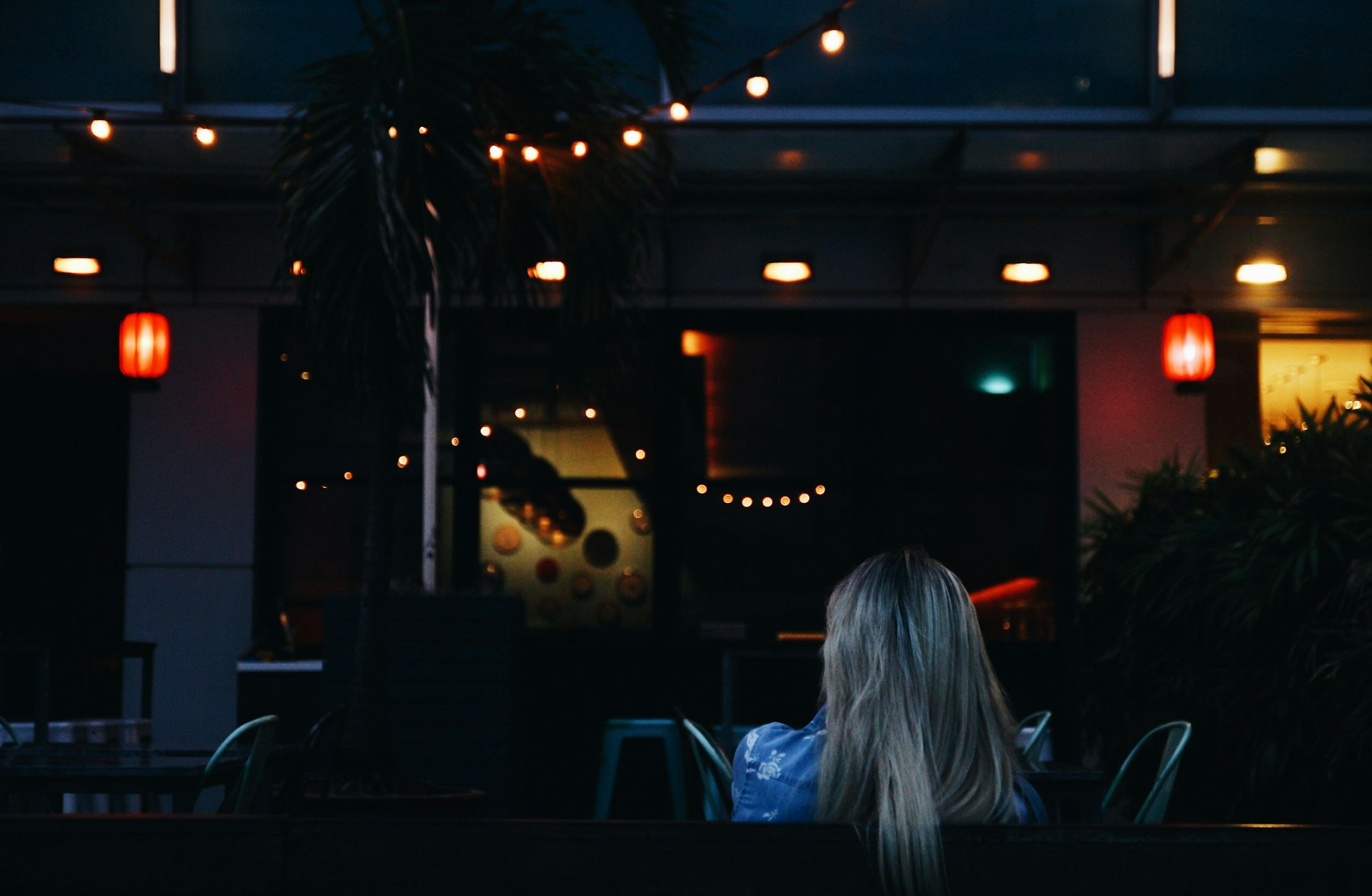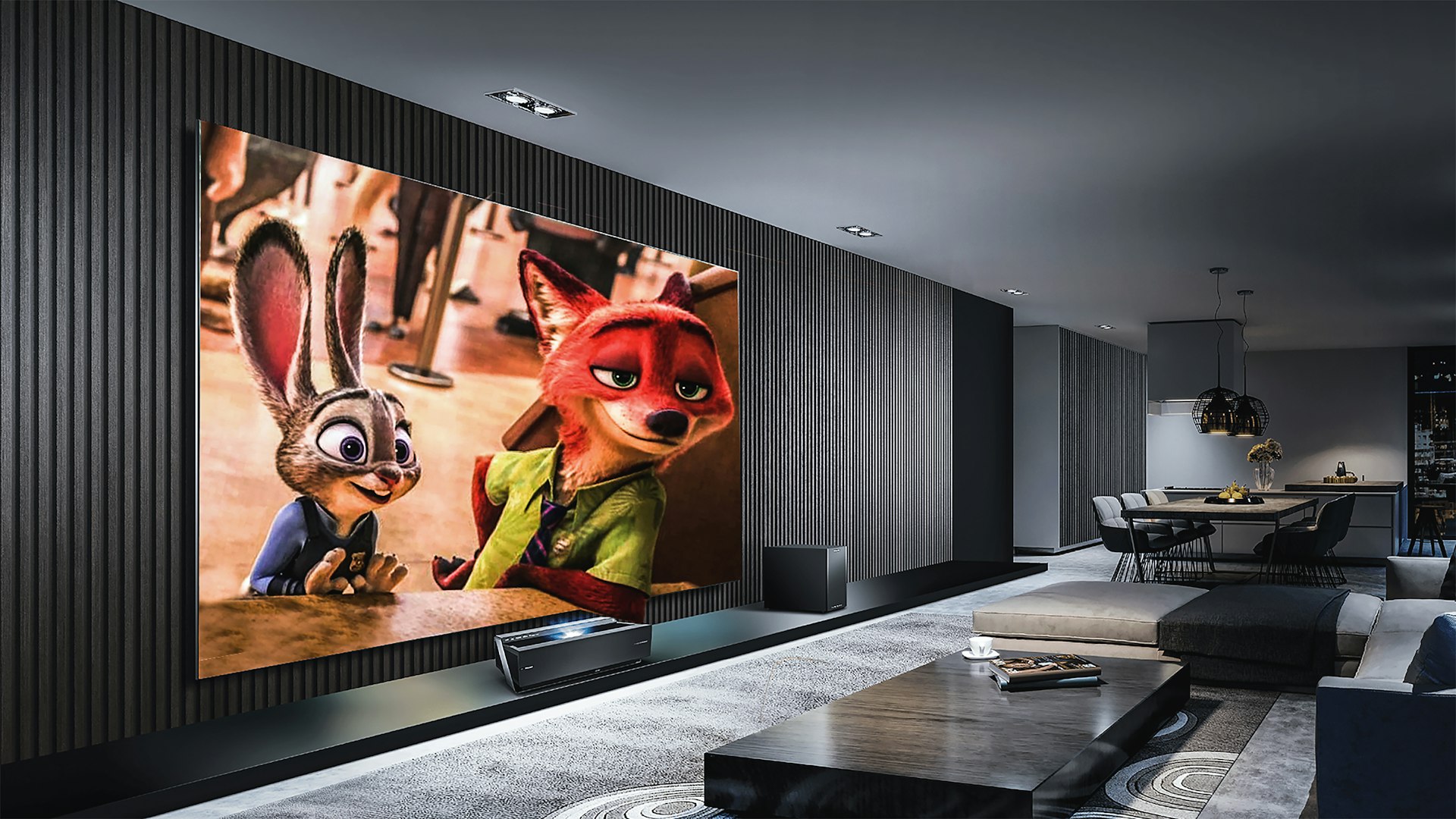AI-Generated Content in Film and Music: Transforming Creativity and Industry Workflows

Photo by Amjith S on Unsplash
Introduction: The AI Revolution in Film and Music
Artificial intelligence (AI) is rapidly redefining creative processes in both film and music. From fully AI-generated films to machine learning-powered soundtracks and deepfake voiceovers, these technologies are expanding the boundaries of what’s possible-while also raising new questions about authenticity, copyright, and the future of human creativity. This article explores the latest developments, real-world applications, and actionable steps for leveraging AI-generated content in film and music.
AI-Generated Films: Case Studies and Practical Applications
One of the most direct applications of AI in media is the production of
entirely AI-generated films
. For example, Waymark’s
The Frost
is recognized as one of the world’s first fully generative AI films. The production team provided a script to OpenAI’s DALL-E 2, which created every shot in the 24-minute movie. Additional AI tools animated the characters’ faces, making eyes blink and lips move, demonstrating both the
potential and current limitations
of AI-generated video
[1]
. Another prominent example is
Checkpoint
, which used ChatGPT for scriptwriting, an AI voice for narration, and AI-generated imagery throughout. This short film won Gold at the AI Film Festival, highlighting the growing recognition of AI-driven creativity in major industry events
[2]
.
While these projects showcase the capabilities of generative AI, current technology struggles with maintaining visual consistency and realistic animation, particularly for human mouth movements and emotional nuance [2] . However, these shortcomings are already guiding future advancements in AI video generation.
AI in Traditional Film Production Workflows
Beyond full automation, AI is transforming traditional filmmaking by streamlining time-consuming processes:

Photo by Jason Dent on Unsplash
-
Scriptwriting and Storyboarding:
AI tools such as ChatGPT assist with drafting scripts and generating storyboards, saving both time and creative resources. For instance, the short film
The Safe Zone
utilized ChatGPT for not only the script but also for camera and lighting instructions, demonstrating AI’s expanding role in pre-production [3] . -
Editing and Trailer Creation:
IBM’s Watson played a key role in creating a trailer for the film
Morgan
. After analyzing the full-length feature, the AI selected the most impactful moments for the trailer-a process completed in 24 hours instead of the typical 10-30 days [4] . -
Localization and Dubbing:
AI-powered translation and voice cloning tools, such as those employed by Papercup, are being used to localize content in multiple languages. For example, Cineverse partnered with Papercup to translate all 31 seasons of
The Joy of Painting
into Spanish, automatically generating new voiceovers that retain the characteristics of the original speaker [4] .
To apply these technologies, filmmakers typically:
- Choose an AI tool or service (such as OpenAI’s DALL-E, ChatGPT, IBM Watson, or Papercup).
- Integrate the tool at the desired production stage (e.g., pre-production for scriptwriting, post-production for editing or localization).
- Review and refine the AI-generated output, as human oversight remains crucial for quality control.
AI in Music: Composition, Sound Design, and Voice Technology
AI is also making waves in music creation, enabling new forms of collaboration and sound design:
- AI-Generated Music: Tools like AIVA, Amper Music, and Google’s Magenta allow creators to generate original compositions based on mood, genre, or specific prompts. While the article’s primary focus is film, these platforms are widely used in the music industry for everything from background scores to fully synthetic tracks.
- Voice Synthesis and Cloning: AI-powered voice cloning can replicate the timbre and style of real singers or narrators, opening new possibilities for dubbing, accessibility, and creative experimentation. For example, Papercup’s technology is used for both film and music localization [4] .
- Sound Design Automation: AI tools can analyze a film’s visuals and automatically suggest or generate appropriate sound effects and musical cues, streamlining the post-production process and reducing manual workload.
To access these services, you can:
- Search for “AI music composition platforms” or visit the official websites of AIVA, Amper Music, or Google Magenta for more information.
- Consult with post-production studios that specialize in AI-driven sound design and voice technology.
Challenges, Ethical Considerations, and Industry Impact
Despite its advantages, AI-generated content in film and music raises important ethical and legal questions:
- Copyright and Ownership: The use of AI to create content blurs the lines of authorship and intellectual property. Current laws are evolving, so if you are considering commercial release of AI-generated works, it is advisable to consult with legal professionals familiar with media and copyright law.
- Job Displacement: The adoption of AI has led to concerns in creative sectors about job security, particularly for writers, editors, and voice actors. For example, recent Hollywood strikes have included demands for protections against the unchecked use of AI in media production [3] .
- Quality and Authenticity: While AI tools can accelerate production, human oversight is still essential to ensure quality, emotional resonance, and cultural sensitivity.
To address these challenges, industry professionals should:
- Stay informed about evolving regulations and best practices for AI in creative industries.
- Engage in ongoing training and upskilling to work effectively alongside AI tools.
- Advocate for transparent disclosure when AI is used in content creation, helping audiences make informed choices.
Step-by-Step Guidance for Embracing AI in Film and Music
If you want to start leveraging AI-generated content in your creative projects, follow these steps:
- Define Your Goals: Are you looking to automate specific tasks, generate new creative ideas, or streamline your workflow?
- Research Available Tools: Look for established AI platforms like OpenAI, IBM Watson, DALL-E, Papercup, AIVA, and others, and review their official documentation and case studies.
- Experiment with Small Projects: Start with a short film, scene, or music track to test the capabilities and limitations of your chosen AI tools.
- Review and Iterate: Always involve human editors, musicians, or directors to assess the AI-generated output for quality and authenticity.
- Consult Legal and Industry Experts: Before releasing AI-generated content, consult with legal professionals to ensure compliance with evolving copyright laws and industry standards.
For more information, consider searching for recent AI Film Festival winners, or visit the official websites of the technology providers mentioned above. When in doubt, consult with industry organizations or trade associations for up-to-date guidance on AI in media production.
Key Takeaways
AI-generated content is rapidly transforming both film and music, offering powerful tools for storytelling, sound design, and workflow automation. Real-world examples such as
The Frost
and
Checkpoint
demonstrate the creative potential and current limitations of AI, while innovations in editing, localization, and music composition are streamlining processes across the industry. However, ethical, legal, and quality considerations remain paramount: creators should stay informed, experiment responsibly, and seek expert guidance as this transformative technology evolves.
References
- [1] Georgia State University (2025). How Artificial Intelligence Can Be a Tool in Filmmaking.
- [2] Creativity Squared (2023). 11 of the Best A.I.-Created Movies Ever Made.
- [3] Spyscape (2023). The AI List: The Best (and Weirdest) AI Generated Films.
- [4] Papercup (2022). 5 examples of AI disrupting the film and television industry.



